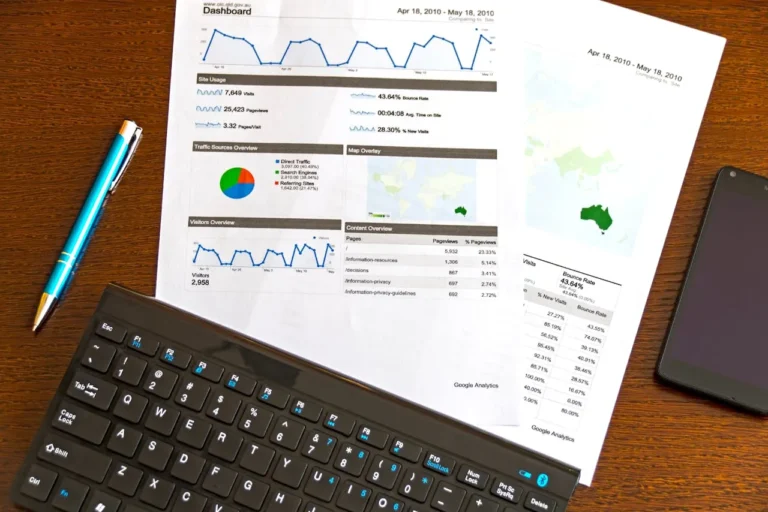
Monro, Inc. Reports Fiscal Q4 and Full-Year 2025 Financial Results, Outlines Strategic Turnaround Plan
Monro, a leading provider of automotive undercar repair and tire services, has released its financial results for the fourth quarter and full fiscal year ended March 29, 2025. The company acknowledged challenging macroeconomic conditions and weather-related headwinds but emphasized progress in comparable store sales, as well as a multi-pronged plan to strengthen operational performance moving forward.
Fourth Quarter Fiscal 2025 Results
For the fiscal fourth quarter, Monro reported sales of $295.0 million, reflecting a 4.9% decline compared to $310.1 million in the same period of the previous fiscal year. The year-over-year decrease was largely driven by a shorter selling period—91 selling days in Q4 FY2025 versus 97 in Q4 FY2024—resulting in a $18.9 million sales shortfall attributable to the calendar difference.
However, on a comparable store basis and adjusted for selling days, the company posted a 2.8% increase in sales, indicating underlying demand resilience. Unadjusted for days, comparable store sales were down 3.6%. This still marked a notable improvement from the same quarter last year, when comparable store sales fell 7.2% on an adjusted basis and edged up just 0.1% unadjusted.
Sales trends were particularly strong in several key service categories. Comparable store sales rose 27% for front-end services and shocks, 25% for batteries, 2% for brakes, and 2% for tires. Maintenance services also experienced a 1% increase. The only category to post a decline was alignments, which dipped 1% year-over-year.
Margins and Expenses
Gross margin for the fourth quarter declined by 250 basis points versus the prior-year period. This erosion was attributed to several factors, including a less favorable sales mix within the tire category, an increase in promotional activity to attract value-driven consumers, and higher technician labor costs due to ongoing wage inflation.
Operating expenses totaled $121.1 million, or 41.1% of sales, significantly higher than the $99.7 million (32.2% of sales) reported in Q4 FY2024. The year-over-year increase was primarily driven by $20.9 million in store impairment charges tied to underperforming or surplus-owned and leased assets.
As a result, Monro reported an operating loss of $23.8 million for the quarter, representing -8.1% of sales. This compared unfavorably to operating income of $10.3 million, or 3.3% of sales, in the same period a year earlier.
Interest expense declined slightly to $4.4 million, down from $5.0 million in Q4 FY2024, reflecting a reduction in the company’s weighted average debt.
The company recorded an income tax benefit of $6.8 million for the quarter, equating to a 24.3% effective tax rate. This compared to an income tax provision of $2.0 million, or an effective tax rate of 35.0%, in the same quarter last year. The shift in tax treatment was primarily the result of increased valuation allowances and various other minor adjustments.
Monro closed the quarter with a net loss of $21.3 million, or a diluted loss per share of $0.72. This compares to net income of $3.7 million, or $0.12 per diluted share, in Q4 FY2024. On an adjusted basis, which excludes items such as store impairment charges, diluted loss per share was $0.09, compared to adjusted earnings of $0.21 in the prior-year period.
During the quarter, the company closed three underperforming stores, bringing its total footprint to 1,260 company-operated locations and 48 franchised outlets as of the end of March.
CEO Commentary and Strategic Priorities
Commenting on the results, Monro President and CEO Peter Fitzsimmons, who joined the company earlier in 2025, emphasized the company’s focus on stabilization and long-term growth.
“Despite extreme weather conditions in the first half of the fourth quarter, we achieved sequential improvements in both comparable store sales and gross margin throughout the period,” said Fitzsimmons. “Importantly, that positive momentum has carried into our first quarter of fiscal 2026. Our preliminary data shows quarter-to-date comparable store sales are up approximately 7%.”
Fitzsimmons also provided insight into his first two months at the helm, noting that a comprehensive review of the business has helped identify four primary areas of improvement:
- Store Portfolio Optimization: Plans are underway to close approximately 145 underperforming stores to enhance operational efficiency and profitability.
- Customer Experience and Sales Effectiveness: Monro aims to enhance its frontline service and in-store engagement to improve conversion and loyalty.
- Customer Acquisition and Activation: The company is targeting smarter, more profitable strategies for customer growth, focusing on lifetime value over one-time transactions.
- Merchandising Productivity and Tariff Risk Mitigation: Strategic sourcing, inventory management, and pricing discipline are key components of this initiative.
Fitzsimmons concluded, “While these changes will take time to implement, I’m confident that our plan will drive sustained improvement in profitability, operating income, and ultimately deliver long-term value for our shareholders.”
Full-Year Fiscal 2025 Highlights
For the full fiscal year 2025, Monro reported total sales of $1.195 billion, a 6.4% decline from $1.277 billion in fiscal 2024. The decrease was attributed to weaker consumer demand, particularly among low- to middle-income customers, who deferred or downgraded service and tire purchases due to inflationary pressures. Fiscal 2024 included a 53-week year (368 selling days), while fiscal 2025 had 361 selling days, adding further downward pressure on revenue.
Comparable store sales declined 3.5% on a day-adjusted basis and 5.3% unadjusted. By comparison, fiscal 2024 saw a 3.9% adjusted decline and a 2.0% unadjusted drop.
Gross margin for fiscal 2025 came in at 34.9%, down from 35.4% in fiscal 2024. The margin compression was primarily due to higher material and occupancy costs as a percentage of sales. These factors were partially offset by improved labor efficiency.
Operating expenses rose to $405.1 million, or 33.9% of sales, compared to $380.7 million, or 29.8% of sales, in the previous fiscal year. The increase included $22.4 million in impairment charges for underperforming store locations.
Operating income dropped sharply to 1.1% of sales, down from 5.6% in the prior year.
The company reported a net loss of $5.2 million for the year, translating to a loss of $0.22 per diluted share. This compares with net income of $37.6 million, or $1.18 per diluted share, in fiscal 2024. Adjusted diluted earnings per share for fiscal 2025 were $0.48, down from $1.33 in the previous year.
Liquidity and Capital Allocation
Despite the financial headwinds, Monro continued to generate solid cash flow. Operating cash flow totaled $132 million for fiscal 2025. The company ended the year with $20.8 million in cash and equivalents and had $508.7 million available under its revolving credit facility.
Dividend Declarations
Monro remains committed to returning value to shareholders through dividends. On March 11, 2025, the company paid a cash dividend of $0.28 per share for the fourth quarter of fiscal 2025.
Additionally, Monro’s Board of Directors has approved a cash dividend of $0.28 per share for the first quarter of fiscal 2026. The dividend will be paid on June 17, 2025, to shareholders of record as of June 3, 2025. This payout applies to both common stockholders and holders of the company’s Class C Convertible Stock.







